Your car’s matte finish paint is dirtier than you think. Even after a wash, embedded contaminants will remain inside the paint’s microscopic nooks and crannies.
These embedded contaminants like iron particles and environmental fallout make the paint look dirty over time, cause rust and even prevent ceramic coatings from bonding properly.
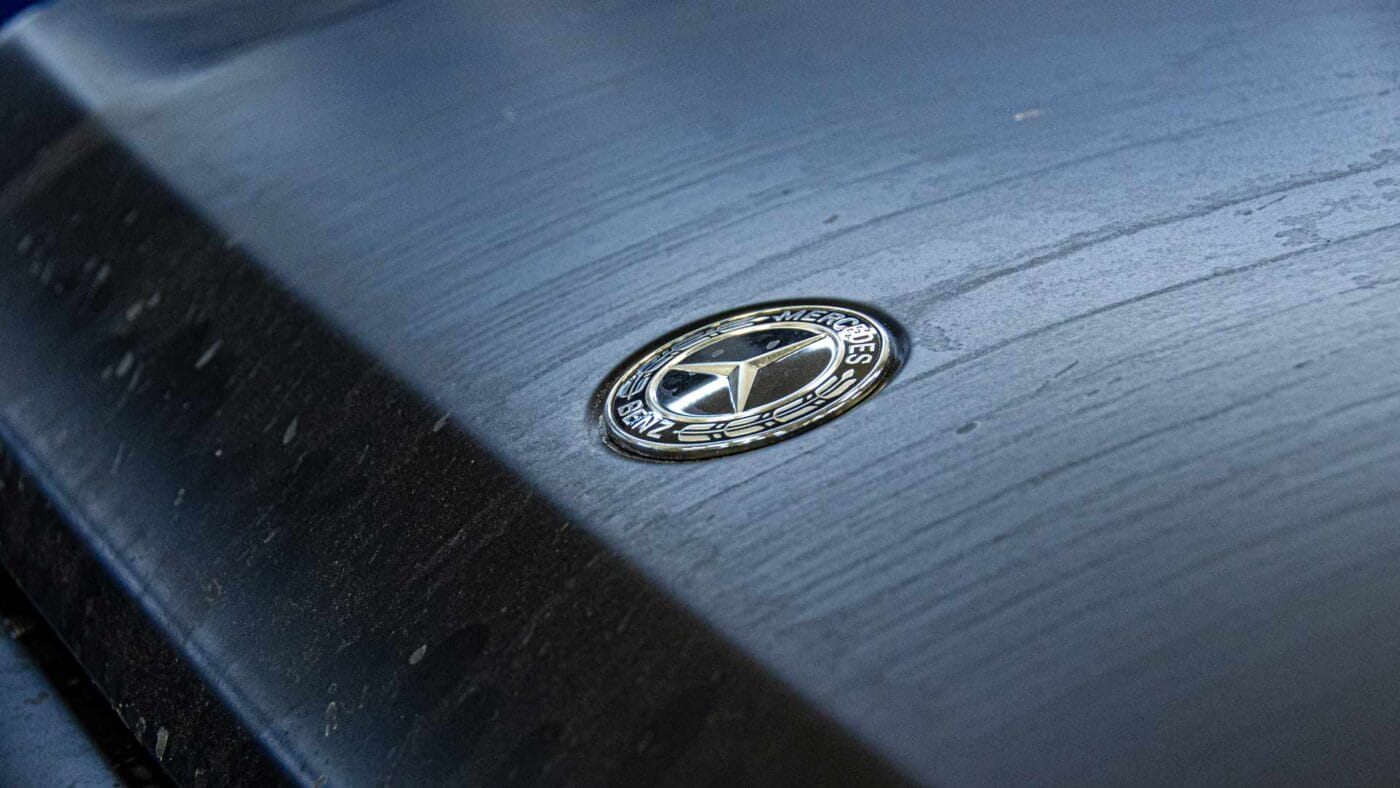
Typically detailing professionals will remove these embedded contaminants by rubbing a bar of clay over the paint, which abrades the contaminant particles and pulls them out of the finish. Detailers will also use chemical decontaminants like iron removers to ensure a full clean.
Clay bars and chemical decontamination solutions work great for cars with glossy paint, but can you use them to decontaminate a matte finish car?
While there are some chemical decontaminants that are safe for matte finishes, clay bars should NEVER be used on matte or satin paint finishes.
So if you can’t use clay, how exactly do you decontaminate a vehicle with matte finish paint? In this article, we’ll cover why clay bars harm the appearance of matte finishes, how to identify matte-safe chemical decontaminants and of course how to decontaminate a matte finish vehicle.
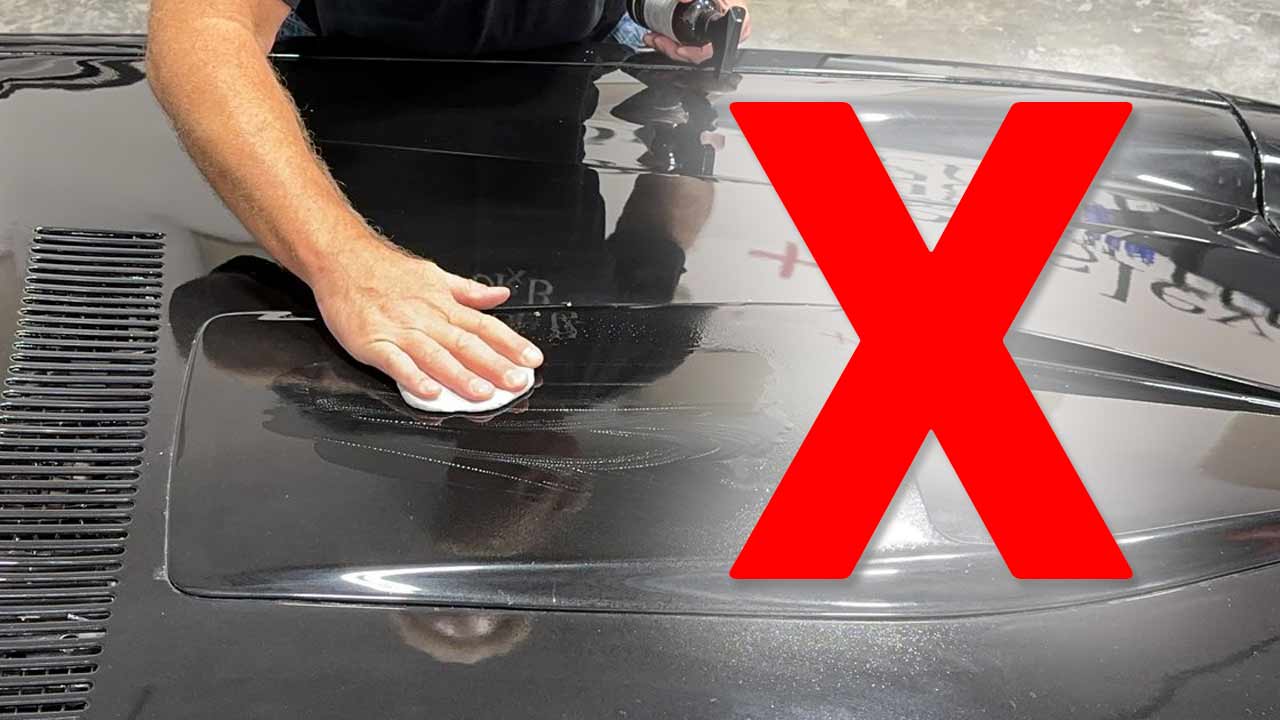
Why You Should NEVER Use a Clay Bar on a Matte Finish Car
You should never use a clay bar on a matte finish. Clay bars are abrasive, and you never want to use anything abrasive on matte finishes.
Clay bars work by rubbing against contaminants that are bonded to the surface, loosening and breaking them off as the rough clay is moved back and forth over the surface.
Claying scratches the paint as it removes contaminants. This isn’t a problem for glossy paint because claying is almost always followed by polishing to remove scratches.
A matte finish, on the other hand, cannot be polished. A matte finish is textured in order to scatter light bouncing off the surface, which produces the diffused sheen we call matte or satin.

That texture also grates against the clay bar as it rubs over the surface, causing little bits of clay to break off and get embedded in the paint. So if you clay matte, you’ll be left with scratches you can’t polish out and bits of clay embedded in the finish. Not good.
Why You Should Only Use Matte-Safe Chemical Decontaminants
A chemical decontaminant might sound like the perfect alternative to an abrasive, paint-scratching procedure like claying.
However, some chemical decontaminants can also damage matte finishes. Some are caustic enough to harm the matte texture. Others change color when they react with iron, which can stain the matte finish.
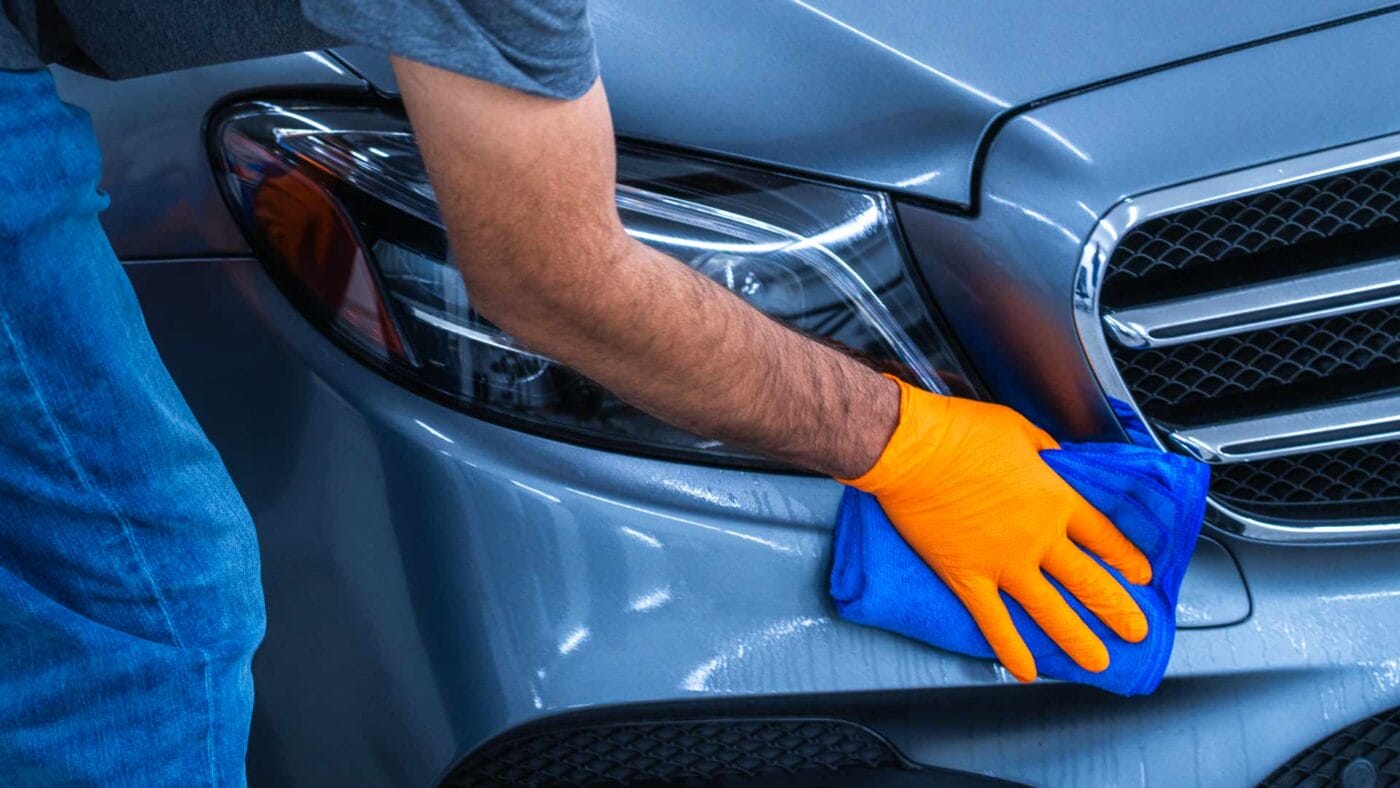
With this in mind, you should only use chemical decontaminants formulated to preserve the matte finish, like Dr. Beasley’s Matte Decon. This solution is gentle enough to not harm a matte finish, contains no dyes and excels at lifting out embedded contamination.
How to Decontaminate Matte Finish Paint on a Car
In this section, I’ll provide my step-by-step method for decontaminating a car with matte finish paint. These instructions will also include washing and ceramic coating as essential steps of this process.
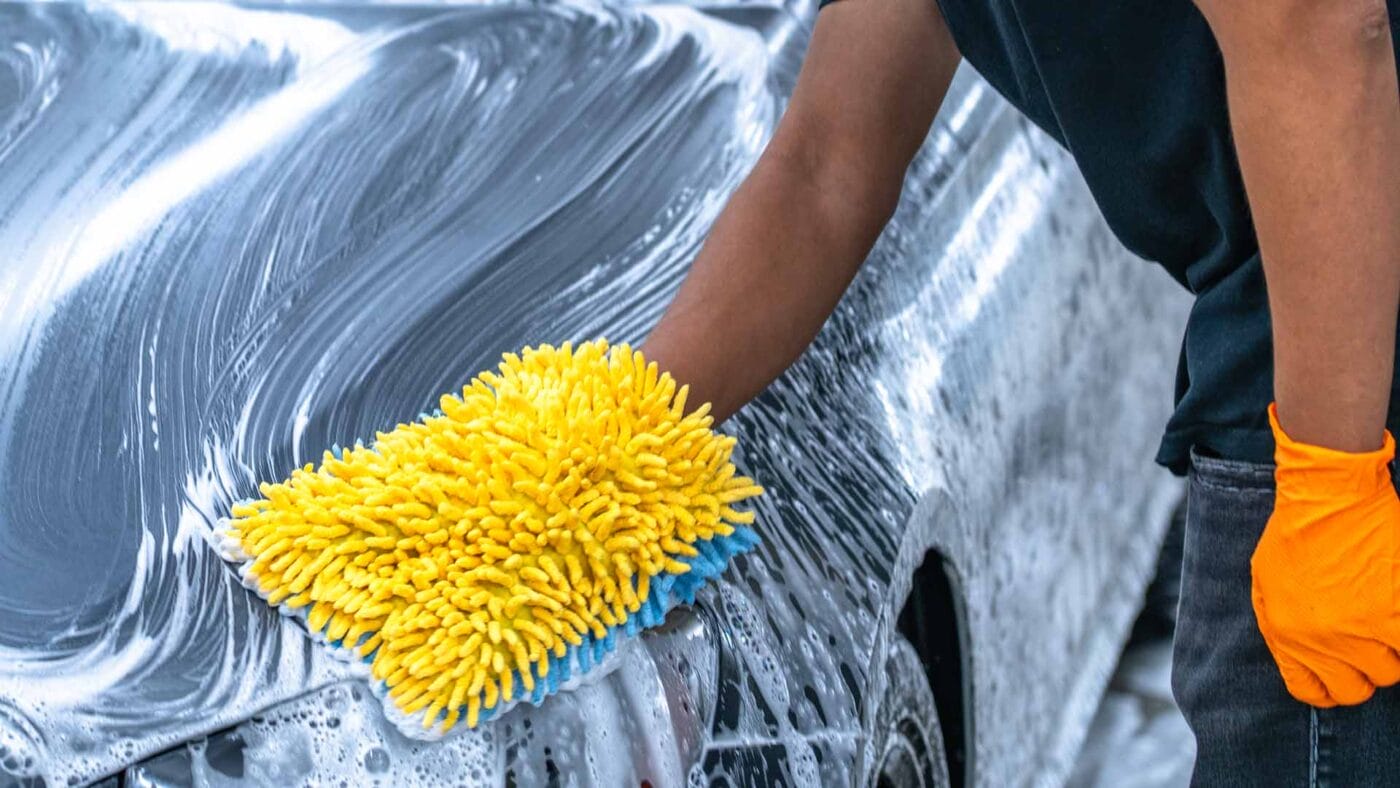
Step 1: Wash & Rinse the Matte Finish Paint (Do Not Dry!)
Before decontaminating the matte finish paint, you need to wash the car with a wax and silicone-free soap in order to remove any loose contamination. I recommend pre-rinsing and pre-foaming the vehicle first before agitating with wash mitts to reduce the amount you need to rub on the matte finish. Then rinse again before moving to the decontamination step. Do NOT dry the vehicle before applying Matte Decon.
Step 2: Apply Chemical Decontaminant
Spray the matte-safe chemical decontaminant (in this case Matte Decon) directly onto all painted surfaces.
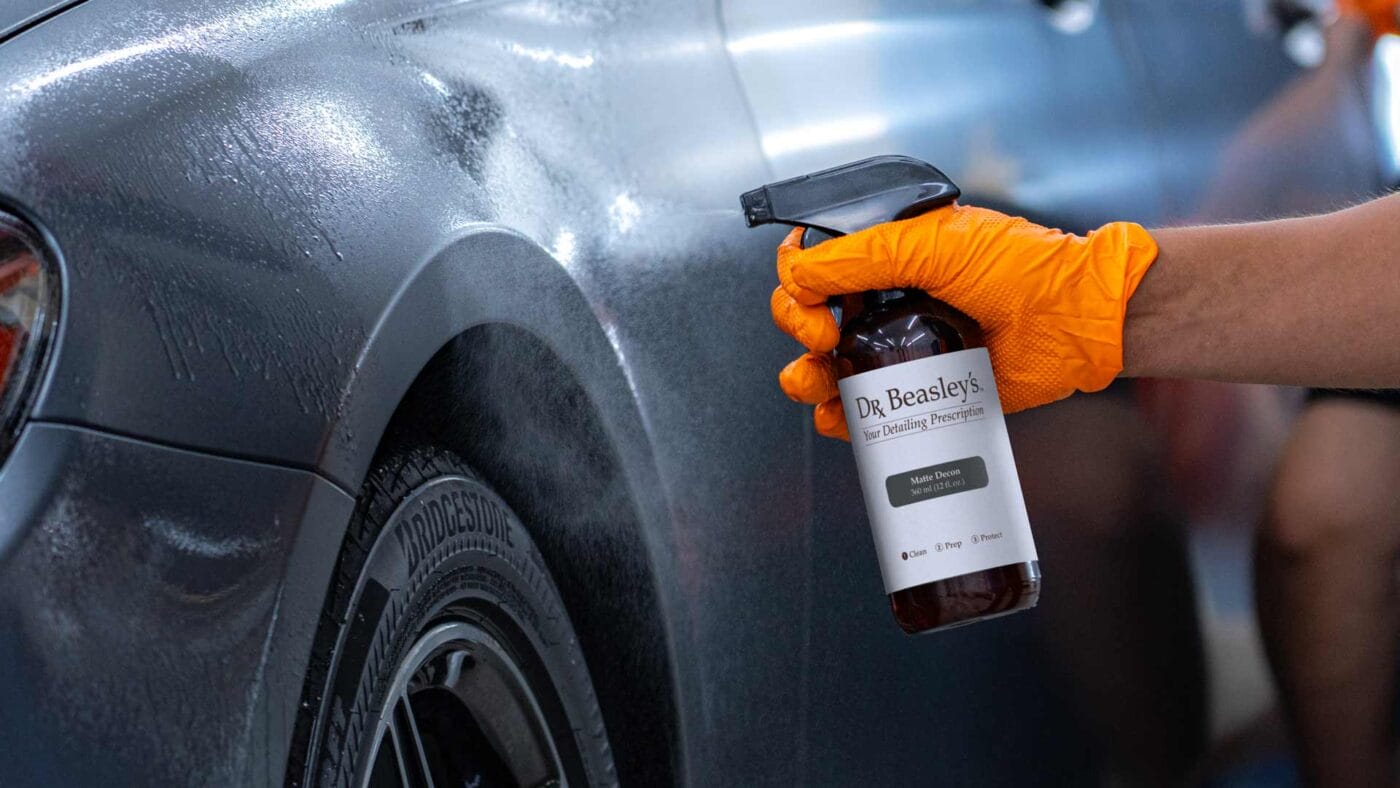
Step 3: Allow Decontaminant to Dwell
Allow the decontaminant to dwell for 1-2 minutes on the matte finish paint, but do not let dry.
Step 4: Re-Rinse Vehicle
After the decontaminant has sat on the surface for 1-2 minutes, rinse the vehicle with a strong spray of water to remove the decontaminant and any contamination that was dissolved and loosened.
Step 5: (Optional) Re-Wash Vehicle
For the cleanest paint possible, re-wash the car after rinsing the decontaminant off the paint.

Step 6: Apply a Ceramic Coating for Matte Finish paint
Now that the vehicle’s paint is surgically clean, apply a ceramic coating for matte finish paint like Dr. Beasley’s Matte Paint Coating to resist future contamination and make cleaning easier.
How Often Should I Decontaminate My Car’s Matte Finish Paint?
Don’t decontaminate your car every time you wash. This can put unnecessary wear on the matte finish paint and the ceramic coating. Instead, save decontamination treatments for ceramic coating prep or after heavy contamination has built up and bonded with the paint.
Do I Need to Apply a Ceramic Coating After Decontaminating My Car’s Matte Paint?
If you want to avoid more contamination to remove in the future, you should apply a ceramic coating after decontaminating matte paint. Ceramic coatings make it more difficult for contaminants to bond with the paint so they can be washed away with ease, no decontamination process necessary. If you don’t protect the matte paint after decontamination, you’ll be decontaminating the paint again in a few months.
Decontaminating a car with a matte finish might sound hard considering clay bars aren’t an option, but with the right chemical decontaminant you can get the paint surgically clean for ceramic coating application. Once the ceramic coating is applied, bonded contamination won’t be as much of a concern — it’ll release from the paint with ease during a wash! Just follow the steps we listed above and you’ll be protected against all the environmental contaminants lurking on the roads.

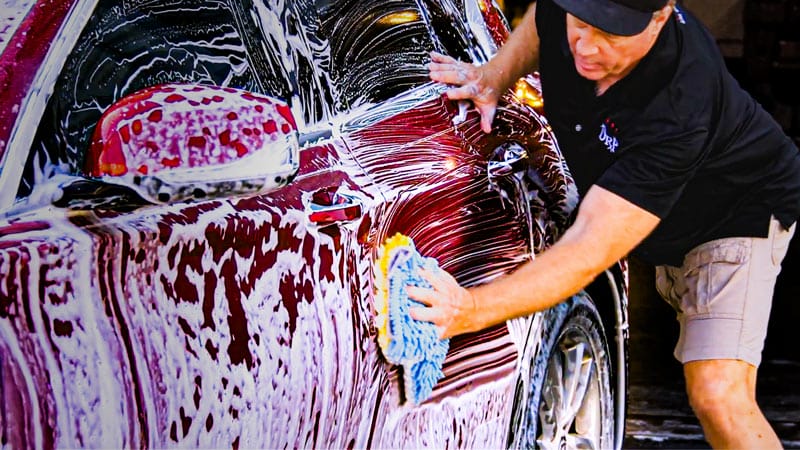
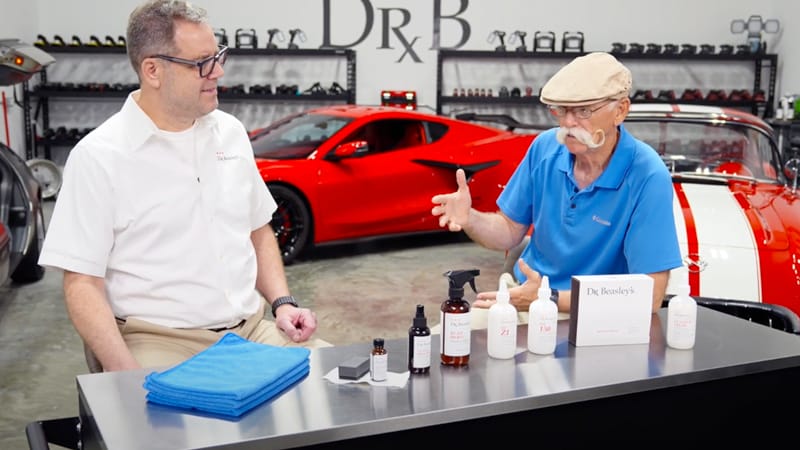
Questions? Comments?
Email Us